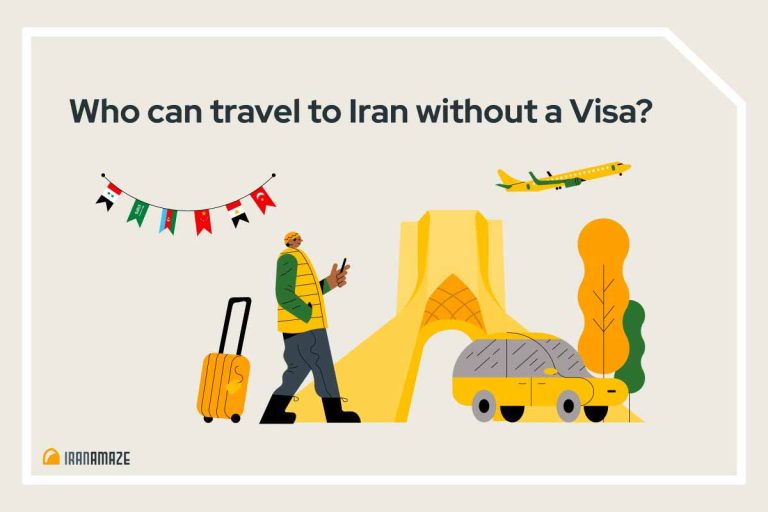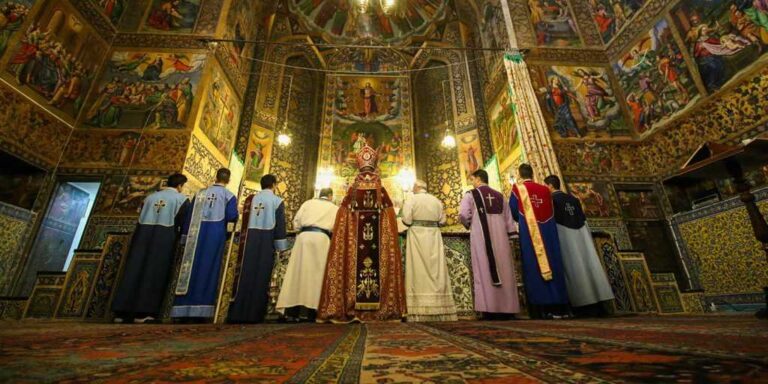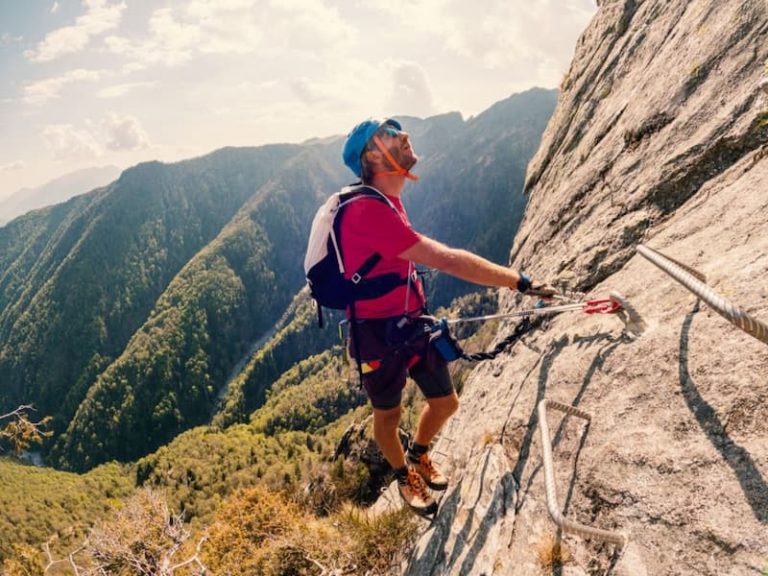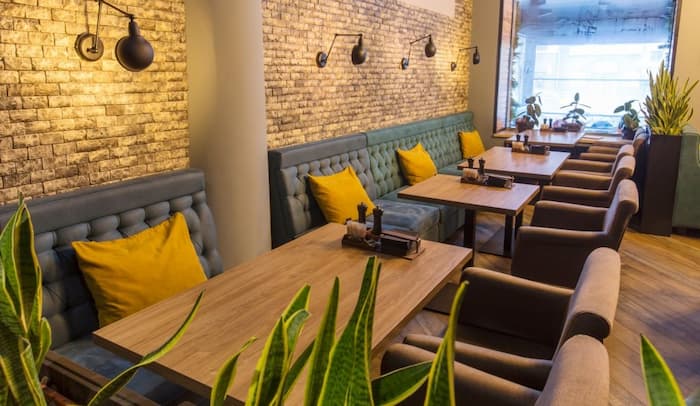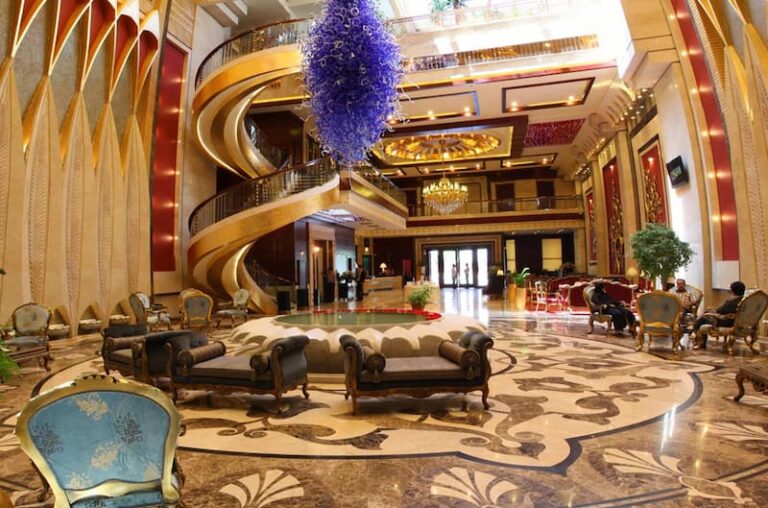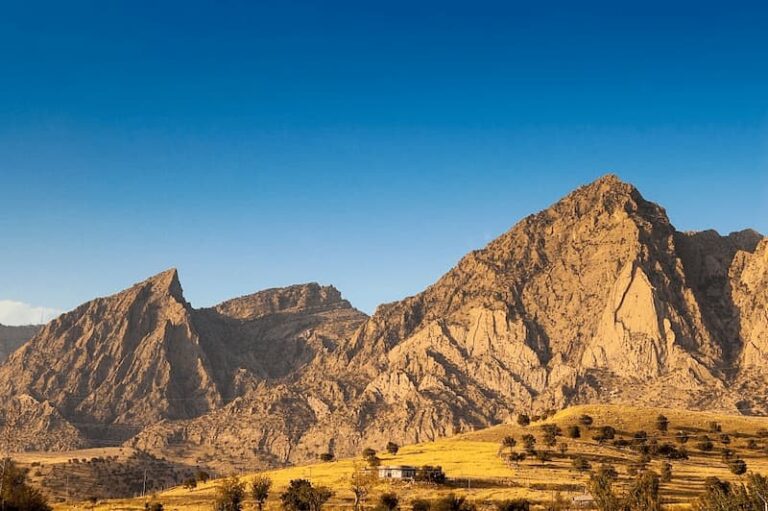What is Art and Architecture Moment?
It might have happened to you that you feel a special connection with a specific monument. You wish you could spend more time at it and learn more about it. But the tour schedules won’t let you. Or you might expect to visit specific places and to do specific activities which the tour you have chosen doesn’t include. That’s what the moments are for! You can choose the moments you would like to add to your Iran private tour. The moments have six sections; People and local life, Iranian hospitality, Iran people religion, nature, art and architecture, history and archeology. Furthermore, you can find at least one of each moment in all of our Iran tours.
Art and architecture moment tries to help you find the places where you can understand Iranian art and architecture better. In other words, we introduce monuments and museums to you so you could add the ones you like to your tour.
Ready for your next adventure?

What is Amazing about Iranian Art and Architecture?
Isabel M, from Portugal, on TripAdvisor
Sheikh Lotfollah Mosque considered the most beautiful mosque in the world, it’s one of the 4 monuments at the Naghsh-i Jahan Square (the main in the city and 2nd largest one in the world) in Esfahan, Iran. Although simple and smaller than the others, it shows rich details of architecture. The blue dome seems to be part of the sky and the blue columns inside are really fantastic. Being different as initially built to be a royal private mosque, it has no minarets. For those who like photography, I suggest to lay down with the head close to the bottom of the blue columns and shot to up. The result is beautiful.
Huge domes, tall columns, colorful window glasses, pools in the middle of houses, elaborate miniatures, and carpets. This is how Iranian art and architecture look like. For more than 3000 years, Iranian art and architecture have been changing. Carvings on the Persepolis to the paintings on the walls of Qajar palaces have one thing in common. They tell you the stories of a nation, how they used to live and what they have been through. What makes Iranian art and architecture distinctive is the history and culture lying behind it.
The Diversity in Iranian Architecture
When talking about Iranian art and architecture in IranAmaze Iran travel agency, the main feature that comes to mind is diversity. Iran is a vast country, and the climate varies in different areas of it. The differences are simple; Yazd is in the middle of the desert so the houses need windcatchers. Northern regions are rainy so the houses need sloping roofs. Also, we shouldn’t forget that people from each area seemed to have known about material sustainability. So, they used the materials they found in their local environment. Finally, the culture of each region is different and religious beliefs have changed throughout history. For all those reasons, seeing the artworks and buildings in each part of Iran is an experience, unlike any others.
Western and eastern art meet in Iran
As a country on the silk road, Iran is the place where west and east meet. Also, Iran has been invaded by other eastern and western countries such as Mongols. This means that western and eastern artistic forms and styles have influenced Iranian art. Paintings in Tabatabai House are examples of both eastern and western influences. Also, the miniatures in the Illkhanid era show the impact of Mongol art on Iranian paintings. Although these influences are undeniable, Iranian culture has also affected foreign artistic forms as well. In other words, Iranian culture formed a new artistic style that combines western, eastern and Iranian art.
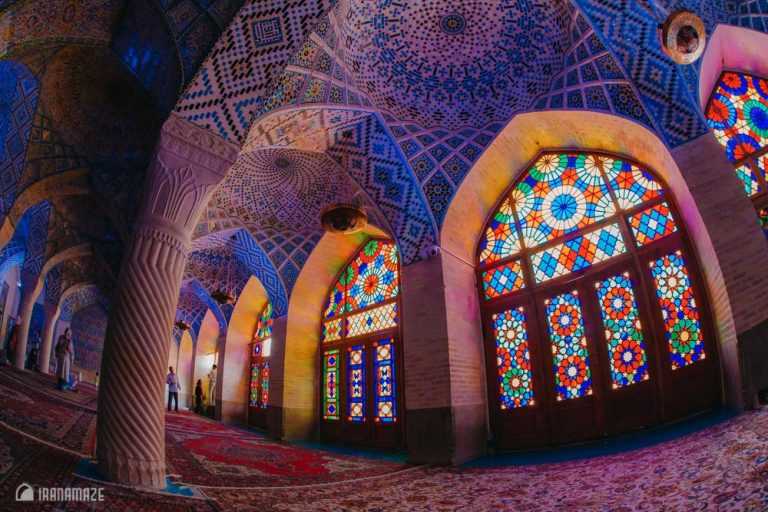
Nasir al Molk mosque was built at the peak of the westernization of Iran. We see many depictions of western architecture on its tilework.
Aesthetics in Iranian art and architecture
Because of the keen interest of Iranians in philosophic and poetic concepts, they have become part of Iranian architecture. For understanding Iranian art and architecture better, you should know that essence plays an essential role in Islamic beliefs. In other words, what’s inside is more important than what you see outside. Also, concepts such as centralism and avoiding uselessness makes the Iranian art and architecture simple but yet mystical.
Iranian Architecture Sites
Peter K, from Australia, on TripAdvisor
A wonderful courtyard house with a romantic history. This is another very fine courtyard house, very close to the Tabatabaei House, unique in having an extraordinary domed public salon of great beauty, but also in having a romantic past – the wealthy owner of the Tabatabaei supposedly refusing to permit her daughter to marry to the love of her life until he could provide for her a house as magnificent as that of the father. 10 years the lovers waited while the Borujerdi House was being built and then the father relented. The house was worth the wait – I hope the marriage was, too!
The historical hills
The historical hills have spread all over Iran from the north to the south. Looking from far away, they look like regular hills that have nothing to present. Some might even look less than normal due to their dry and dusty nature. Yet, they keep thousands of years of history inside them. They are probably one of the only things that can connect us to our ancestors and the civilizations from thousands of years ago. Moreover, the remnant of these civilizations can open the doors of ancient Persian art and architecture to us. Here, we will introduce some of the most famous and important historical architecture sites in Iran.
- Sialk Hills in Kashan: As one of the origins of civilization, Sialk Hills or Tepe Sialk has buildings dating back to 7000. B.C. Some of the researchers believe that the building on Sialk hills is the remnants of a Ziggurat. This way, the Ziggurat on Silk hills could be the oldest Ziggurat in the world.
- Ecbatana in Hagmatana Hill: Ecbatana was the capital of the Medes empire dating back to 2000 B.C. and the Achaemenes Empire. Ecbatana means “The Place of Gathering” and is located on Hagmatana hill. Furthermore, there are seven castles on this hill that have a labyrinth style.
- Marlik Hill in Gilan: Marlik hill near Roudbar in Gilan is one of the essential historical hills in the north of Iran. The Marlik golden cup found in one of the 53 tombs in this hill makes this hill even more valuable.
Remnants of Partian and Persian civilization
Achaemenes emperor is the peak of the glory of the Iranian nation and its culture. Tall columns with massive sculptures and the carvings on the walls of these monuments show how powerful this empire was. You can see the ceremonies that gathered leaders from other lands to visit the Persian emperor on its wall monuments. Also, the importance of Zoroastrian (the ancient Iranian religion) beliefs is evident in monuments such as Ka’ba-ye Zartosht. Ka’ba-ye Zartosht is a quadrangular stone in Naqsh-e Rostam.
- Pasargadae near Shiraz: Cyrus the Great ordered the building of Pasargadae, and his tomb is in this complex as well. He was the founder of the Achaemenes Empire and a legendary fair and righteous emperor. Also, Persian people welcomed him very well and knew him as the Father of Persia. Pasargadae complex is one of the first examples of Iranian gardens. It’s also one of the Iran UNESCO heritage sites.
- Persepolis near Shiraz: Persepolis or Parsa (City of the Persians) used to be the capital of the Achaemenes Empire during the ruling of Darius. It used to be the place where rulers of different regions would gather. During his attack, Alexander burned Persepolis. Yet, it didn’t thoroughly burn because of its stone materials.
- Naqsh-e Rustam near Shiraz: It’s an ancient Iranian necropolis which includes rocky tombs on the mountain wall and Kaba-ye Zartosht. Ka’ba-ye Zartosht is a quadrangular stone in front of the tombs. This site is an example of the burial of the dead in the Zoroastrian religion.
- Palace of Ardashir in Fars: This palace dates back to the Sassanid era, and Ardashir, the first Sassanid king, ordered the building of it. It used to be a place of social gathering where the emperor’s visitors would visit him. Some think that the palace was originally a fire temple.
- Niasar Fire Temple near Kashan: This fire temple is from the Sassanid era and is near Kashan city. The fire burning on the top of Niasar Fire Temple was visible for the people. So, it might have been a symbolic structure. The structure of this building has an influential role in the building of mosques because of its dome.
The evolution of art in Islamic Iran
Islamic architecture of Persia starts with a significant change in Persian architectural forms. It’s the time for mosques with huge domes and tall minarets with colorful tiling. For the first 400 years after Islam, the buildings have Khorasani style. You can clearly see the influence of Sassanid architecture on this style. As it gets closer to the 4th century after Islam, the buildings become more delicate, and Razi style appears. Razi style continues until the attack of Mongols.
- Jameh Mosque of Fahraj: This mosque is in Yazd province and is from the beginning years of Islam. The architectural pattern of this mosque is similar to the first mosques in Arabia. Also, the architecture in the Sassanid era has influenced the techniques for building this mosque and its decoration.
- Fahaadaan Neighborhood in Yazd: Fahaadan neighborhood has been a high-class neighborhood in Yazd for 900 years. Because of the king Qutb-al-din’s interest in keeping cheetahs in this neighborhood, Yoozadaran (owners of Cheetah) is its other name.
- Jameh Mosque of Yazd: This mosque dates back to the first years after Islam. According to a common belief, the foundation of this building belongs to a fire temple from the Sassanid era.
- Jameh Mosque of Isfahan: Since 156 years after Islam, this mosque has been developing. At first, it used to be a small mosque but then continued to change during Seljuq, Safavid, and Qajar dynasty. Therefore, it’s a comprehensive presentation of Iranian art and architecture in different periods of time.
- Shahrestan Bridge in Isfahan: This historical bridge is originally from the Sassanid era has been repaired during the Islamic period. The location of this bridge and its traditional water-resistant mortar are the main reason for the resistance of it.
- Jameh Mosque of Qazvin: Harun al-Rashid, the fifth Abbasid Caliph ordered the building of this mosque. Its structure is on a ground that was formerly a fire temple. Furthermore, the Mongol’s attack destructions and the renovations during the Safavid and Qajar era have changed it during the time.
Iranian architecture after the Mongol attack
Ruining the cities, buildings, and massacres were what came with the attack of Mongols to Iran. But Mongols found Iran very much alike of their own country. The Mongols were not familiar with Iranian architecture. So, they chose Iranian cities as their main ruling centers and started rebuilding them. They chose the Iranian ministers who were familiar with Persian architectural forms to rebuild the cities. Because of the influence, Azeri ethic of Iran had on it, the name of the architectural style in this era is Azeri.
- Dome of Soltaniyeh: Dome of Soltaniyeh or the tomb of Oljeitu, the Illkhanid king, is part of the Soltaniyeh city in Zanjan. This dome is famous for its double-layer dome and octagonal shape. Also, it is one of the Iran UNICEF heritage sites and is a perfect model of Persian architecture buildings.
P. San Paolesi,
Piero Sanpaolesi has demonstrated, the dome of Santa Maria del Fiore, with its use of double-shelled structure, may have been inspired by that of Soltaniyeh. In fact, the both constructed in brick have been erected on a central plan organized with chapels going round the lower part of the building. The dome of Soltaniyeh, being in an sphero-conical form, has been built on an octagonal infrastructure. The same plan is observed in Santa Maria del Fiore with the difference that the dome follows the same plan (octagonal) as the base with eight ribs holding the structure. The construction system of Soltaniyeh built almost a century before could be known in Italy by the time Brunelleschi began constructing the dome of Santa Maria del Fiore.
- Blue Mosque of Tabriz: During its first years, Blue Mosque was famous as the “Turquois of Islam”. Jahan Shah, a ruler form the Kara Koyunlu dynasty, ordered the building of this mosque. But, he could never finish building it because the Ak Koyunlu empire took over Tabriz.
- Arg of Tabriz: This citadel was initially supposed to be a mosque in the Illkhanid era. Using this, the citadel has continued until the Qajar era. Nowadays, the only remnant of this enormous citadel is its fortification wall.
- Jameh Mosque of Yazd: Jame Mosque of Yazd is another example of Azeri style. This mosque is at the heart of the desert and has the tallest minarets in the world. Another exclusivity of this mosque is that different sections of it belong to different historical eras.
- Amir Chakhmaq Complex in Yazd: This complex is from the Timurid era (almost 600 years ago) and has always been a place for gatherings. Today, it’s the symbol of Yazd and includes a bazaar, a mosque, and a bathhouse. It also has a water well which has five windcatchers above it to make the water cool.
Growth of Iranian architecture in the Safavid era
The Isfahani style began when the Safavid kingdom moved the capital to Isfahan. It’s very similar to the Azeri style but much simpler. Because of the vast number of constructions in this era, the architectures started inventing faster techniques. Thus, the number of buildings of this era of Iranian architecture is more than any other age.
- Sheikh Lotfollah Mosque in Isfahan: You can find the Sheikh Lotfollah Mosque on the eastern side of Naqsh-e Jahan Square. The decorations and tiling inside this mosque have formed a unique combination.
- Dowlat Abad Garden in Yazd: The mansion inside this garden has the tallest clay windcatcher in the world. Also, the trees and the pool leading to the mansion make it a great example of an Iranian garden. It’s one of the Iran UNESCO world heritage sites.
- Nasir ol-mulk Mosque in Shiraz: People also call this mosque “The Pink Mosque” because of its pink tiles. It’s famous for the colorful windows of the western hall and its exceptional roofs. All this makes Nasir ol-mulk Mosque one of the most remarkable examples of Islamic architecture of Persia.
- Ganjali Khan Bath in Shiraz: This bath is part of the Ganjali khan Complex in Kerman. The portal of this bath has paintings from the Safavid era on the upper part and Qajar era on the down part. The lighting inside of its building and the fountains inside it makes a pleasant feeling for the ones inside it.
- Borujerdi House in Kashan: Borujerdi house belonged to one of the famous merchants in Kashan in the 19th century. The merchant had fallen in love with another wealthy rug merchant’s daughter. He built this house so that the girl’s father would accept their marriage. The building of it took almost 18 years.
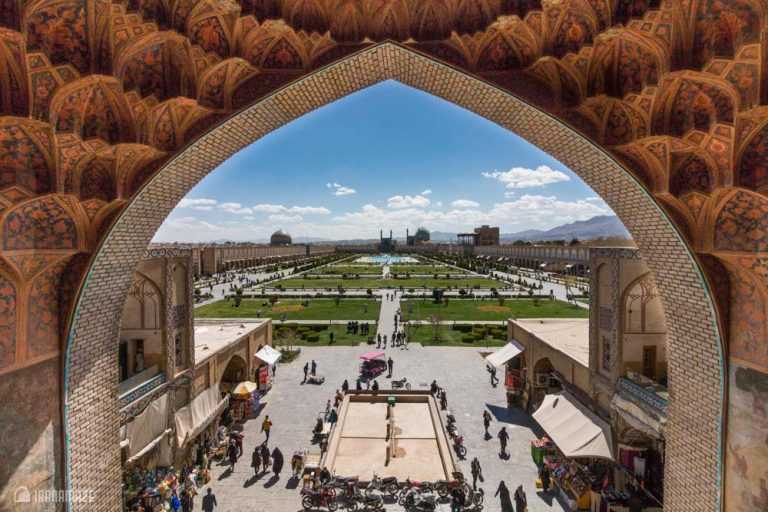
Naqsh-E Jahan square is filled with great examples of Iranian architecture such as Sheikh Lotfollah Mosque.
Contemporary architecture in Qajar and Pahlavi
The connection between Iran and European countries starts in the Qajar era. When the Pahlavi era began, Iranian architecture initiated using modern material for the buildings. Therefore, contemporary Iranian architecture is a mixture of modern architecture with Iranian culture.
- Tehran Museum of Contemporary Art: Tehran museum of contemporary art holds some of the artworks from artists such as Picasso, Matisse, and Van Gogh. Also, its building is a mixture of traditional windcatchers on the outside and modern Persian architecture
- Maqbaratoshoara in Tabriz: More than 400 contemporary and classical poets are buried in Maqbaratoshoara (the Tomb of Poets) in Tabriz. It belongs to more than 600 years ago carrying the legacy of many notable Iranian figures ever since.
- Ab-o-Atash Park and Tabiat Bridge in Tehran: A vast park with modern elements such as modern buildings, sculptures, and four fire towers. The Tabiat Bridge is a three-level pedestrian-only steel bridge that connects Ab-o-Atash park to the Taleghani Park. The body of this bridge has a curative style and is one of the boldest symbols of contemporary Iranian architecture.
- Azadi Tower in Tehran: Mohammad Reza Shah Pahlavi ordered the building of Azadi tower as a symbol of 2500 years of the Persian empire. Ancient Persian architecture has influenced the building of the Azadi Tower. Furthermore, this tower is the symbol of modern Iran and the city of Tehran.
- Milad Tower in Tehran: This tower is the tallest building in Iran and the sixth tallest building in the world. The dome of Soltaniyeh and Dowlat Abad Graden have had a significant influence on designing the dome of the Milad Tower. Therefore, this tower represents a mixture of traditional and modern Iranian architecture.
Iranian Art sites
Paula G, from the UK, on TripAdvisor
Accumulated through the years of Iran’s now defunct monarchy the treasury houses an awe-inspiring selection of artifacts adorned with precious stones of every hue under the sun. Swords, quivers, headdresses, crowns, tiaras, you name it objects rendered totally pointless due to their encrustation. Here and there are sprinkled copious jewels and coins all left behind when the people rose up to remove the autocratic Shah. Oh and the (a?) fabled Peacock Throne though whether this is nothing more than legend for the throne on display portrayed Chinese dragons but nary a peacock in sight. Be warned – no photographs, no touching and definitely no souvenirs. Three metal detectors must be negotiated before reaching the heavily fortified vault itself.
Miniatures, turquoise blue enamels, Persian carpets, wooden carvings, and paintings on marble are only a few examples of Persian art. Iranian art is a mirror where you can see the evolution of Iranian culture and its ups and downs.
Iranian ceramic and pottery
The colorful Iranian ceramics speak of the different colors of soils in Iran. Like other features of Iranian art, local culture plays a vital role in Iranian ceramics. Also, the shapes of ceramic artworks change from simple and rough forms in ancient Iran to elegant pieces in the Safavid era.
- National Museum of Iran in Tehran: With historical handicrafts and clay pots from ancient hills in Iran, this museum is the first official Iranian museum. Also, it has a collection of Iranian handicrafts from two hundred thousand years ago to the Qajar era.
- Abgineh Museum of Tehran: You can find the pottery and glassworks from thousands of years ago in this museum. It has pottery from Qajar and Safavid era and oldest glassware of Iran from the 12th and 13th Furthermore, the building of this museum is a mansion from 1915, which used to be the embassy of Egypt.
- Azerbaijan Museum in Tabriz: Azerbaijan museum has three parts and contains carpets, glassworks, pottery, and coins. These items belong to the 650 A.D to 1990 A.D and represent the history of Persian art.
- Hegmataneh Museum in Hamedan: This museum is near the Hagmatana Hill in Hamedan and holds the ceramic, stone, and metal items from Ecbatana. The items in this museum belong to pre and post-Islamic eras. The bull’s head pottery from the Achaemenes Empire and the tombstones from the Islamic period are very famous among them.
Persian rug, the symbol of Iranian art
The Persian rug is the first thing that comes to mind when thinking of Persian art. The figures and patterns on the Persian carpets can show us thousands of years of Iranian art and culture. The development of this delicate art starts from before Achaemenes era and continues until today. Visiting the sites and bazaars of Persian rugs are always part of Iran cultural tours.
- Mozaffariyeh Timcheh in Tabriz: It’s a part of Bazaar of Tabriz and is a center for trading carpets. Besides the beauty of the bazaar building, you can find the most beautiful handmade carpets from carpet weavers in Tabriz.
- Puppet Museum House in Kashan: It’s both a hostel and a museum of puppets inside an old house in Kashan. You can find a collection of Qajar era puppets, each having a story behind them and demonstrating Iranian art.
Wooden, glass and metal handicrafts
Iranian handicrafts are very aligned with the culture and material sources in each area of Iran. For instance, stone and wood are the most accessible sources for Iranian handicrafts. Therefore, you can find vitreous enamels, wood carvings, and Khatam (Persian inlaying technique) artworks in Iran.
- Treasury of National Jewels in Tehran: The collection of national treasuries includes precious items such as diamonds, swords, crowns, and tiaras. They all belong to the Safavid, Qajar, and Pahlavi era. The most remarkable pieces in this collection are Daria-i-Noor, a 182 Carats diamond, and the Peacock Throne.
- Contemporary History and Handicrafts Museums in Tehran: It’s one of the museums in Sa’dabad Complex, which has two floors. The first floor has only ceramic and glassworks. But, the second floor holds wooden and metal handicrafts as well as paintings from famous Iranian painters.
- Golestan Palace in Tehran: You can see the influence of western art on Iranian art in the architecture and art crafts in this palace. The palace dates back to the Qajar era and has a collection of Qajar era paintings and decorative art pieces.
Miniature and calligraphy
The miniature is the name of the Iranian distinctive painting style. Iranian paintings begin with the sketches on the wall of caves from thousands of years ago. It continues and changes during the different eras of Iranian history, especially after Islam. There are only a few Iranian buildings where you can’t find Iranian miniature and calligraphy.
- Negarestan Garden in Tehran: Not only it’s a historical monument from the Qajar era, but it is a museum for displaying paintings from Qajar. Furthermore, it has a hall for showing the artworks of Monir Farmanfarmaian, one of the most prominent Iranian contemporary artists.
- Reza Abbasi Museum in Tehran: Reza Abbasi Museum has three floors and shows the evolution of Persian art in each of them. The third floor shows pre-Islamic artworks, and the second floor shows Islamic art. The first floor is dedicated to showing calligraphy and miniature artworks, including one page of Great Mongol Shahnameh.
- Under Glass Painting Museum in Tehran: Under glass painting is a technique of painting that Iranians have learned from Europeans. However, they have shown their Iranian taste when using this technique in their artworks. Also, in this museum, you can find the paintings and sculptures of Ali Akbar Sanati, the Iranian artist.
Traditional Iranian music
Music is the oldest aspect of Iranian art. From Kamancheh in the Kurdish music to Bandari music in the south of Iran, each ethnic makes specific music. Yet, their music is still connected, and they share a common essence. Furthermore, you can feel the local Iranian music at the Koocheh festival and the Sahneh Commemoration ceremony.
- Isfahan Music Museum: You can find more than 400 international, national, and regional Iranian musical instruments in this museum. Also, you can see the process of making these instruments and see the live performances of playing them.
- Tehran Music Museum: There are national and folk musical instruments from all over Iran in this Museum. They include the instruments from the last century and new instruments from the previous decade. Furthermore, it demonstrates musical traditions and more than twenty thousand Iranian records.

